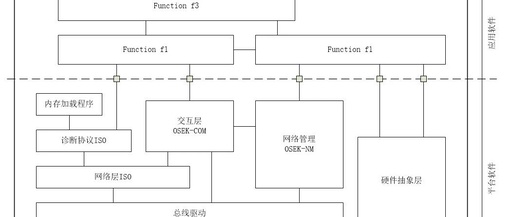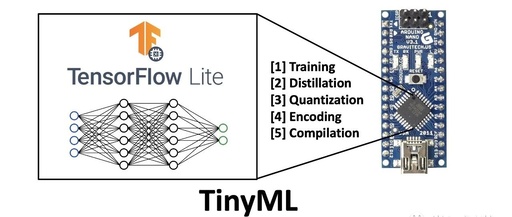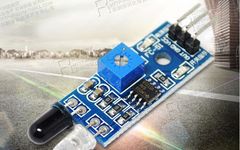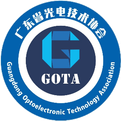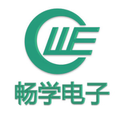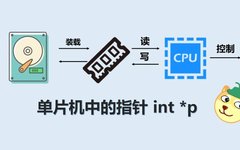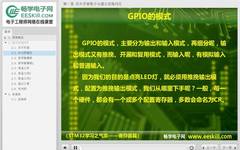Software Architecture of Automotive ECU
01 What is ECU ECU (Electronic Control Unit) represents the electronic control unit. A single vehicle can have multiple ECUs, including BCM (Body Control Module), EMS (Engine Management System), ABS (Antilock Brake System), BMS (Battery Management System), and other ECUs related to specific subsystems within the vehicle. 02 Software Architecture of ECU Automotive software consists … Read more
